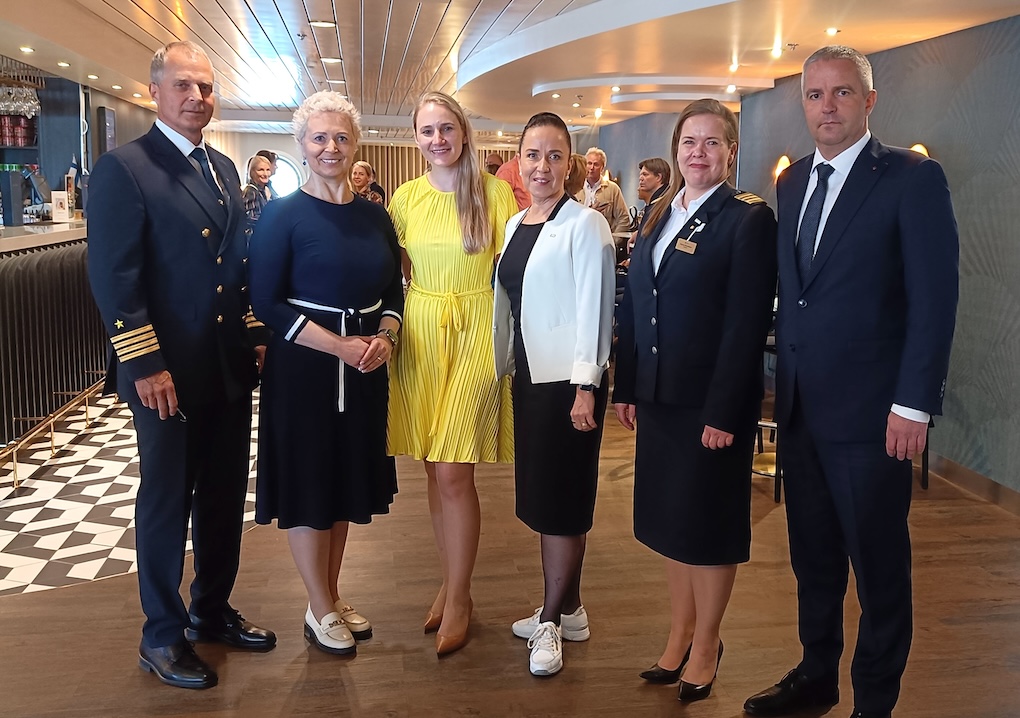UK. VisitBritain, the UK tourism agency, has said the UK tourism sector has moved from a surplus to a £17 billion deficit even though visitor numbers have more than doubled over a 25-year period.
The Foresight Review – the agency’s 25-year review of inbound tourism – showed that while the numbers of inbound tourists had grown by +122% to more than 27 million between 1979 and 2004, spending had only risen by +40% in real terms, as visitors spent significantly less time in the UK and were increasingly likely to be visiting friends or relatives than coming on holiday.
In 2004, there were 27.7 million visitors to the UK, +12% up on 2003. They spent £13 billion in the country, a +10% increase on 2003.
In 1979, the average visitor to the UK came for 12.5 nights. By 2004 this had shrunk to just over eight nights. At the same time, the spend per head in real terms for each stay had fallen from more than £740 to £470 (at 2004 prices), according to the study.
At the same time, the reasons for people visiting the UK had changed dramatically since 1979, VisitBritain said. Then, almost 45% were coming for a holiday, but today, that proportion had shrunk to 34%. The fastest growth in visitor numbers were in people coming to visit friends and relatives, which had risen by +249% to almost 8 million. Business traveller numbers had also risen far more quickly than tourist, up +212% compared with 68%.
As a result, the total amount spent by visitors coming on holiday had scarcely risen in real terms since 1979, according to the survey. The actual sum in real terms spent on holidays by inbound visitors rose just +3% to £4.2 billion.
In 1979, the UK recorded a surplus of more than £2 billion as the amount spent by visitors coming to the country exceeded the sum spent by Britons abroad. By 2004 that had been transformed to a deficit of more than £17 billion. Last year UK residents spent £2.32 overseas for every £1 that was spent in Britain by overseas visitors.
However, the survey said that the UK was still recording faster growth in visitor numbers than many of its competitors. In addition, the pattern of inbound tourism was far less seasonal than it was in 1979.
Tom Wright, Chief Executive of VisitBritain, commented: “These figures graphically demonstrate both the success of Britain’s visitor economy and everyone working in it, but also the challenge we face. VisitBritain’s work has helped to double the number of visitors to Britain since the days of the Sony Walkman and the Winter of Discontent, but the figures on the growth of tourism’s balance of payments make sobering reading.
“Britain really must do everything it can to stimulate and encourage its visitor economy. We need first-class attractions, destinations and hospitality, and a compelling Britain brand to prosper in an increasingly competitive global market. We cannot ignore the fact that spending by inbound tourists to Britain has not risen in any significant way in the past quarter of a century and everyone in the public and private sector needs to address that.”
Prospects for inbound tourism in 2006
VisitBritain expects that the UK’s visitor economy will grow in the coming years as it aims to reach the target of an industry worth £100 billion by 2010. For 2006, VisitBritain expects to see the number of inbound visitors coming to the UK increase by +4.4% to 30.6 million visits, while modest growth of +4.3% in the real value of their spending should see it reach £14.5 billion. However, the rate of growth will be more moderate than the sharp increases seen during 2004 and early 2005.
The strongest performance in 2006 is expected to come from Asia and from emerging markets in Eastern Europe. The increasing number of direct, low-cost services from Eastern Europe to many regional airports across the UK is already resulting in rapid growth in inbound tourism, although largely in shorter-stay visits.
There will be slower growth from the Americas, even though many US airlines are planning to expand their international route networks, moving capacity away from the overcrowded domestic market.
“We may well see increases in the availability of, and greater price competitiveness for, trans-Atlantic aviation,” added VisitBritain. “But it will not necessarily be a year of growth for every sector of inbound tourism, and visits for business and to friends and relatives are forecast to expand more strongly than holidays.”





